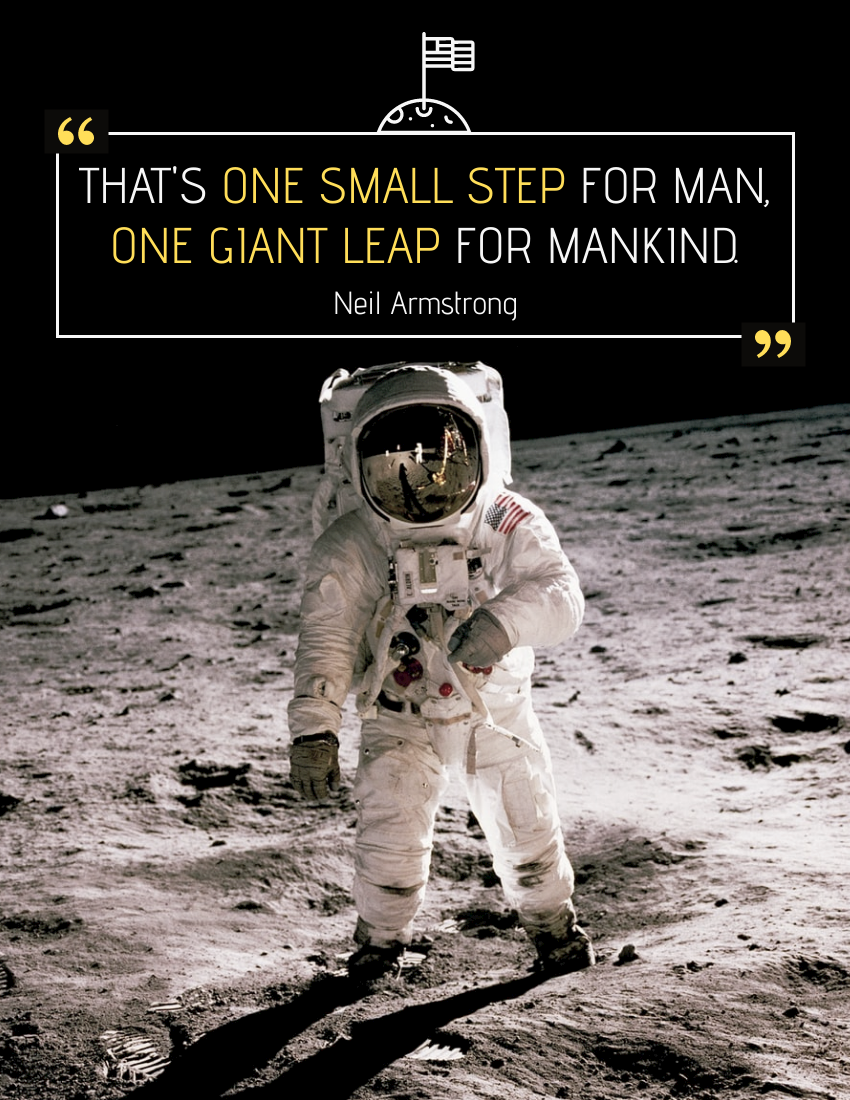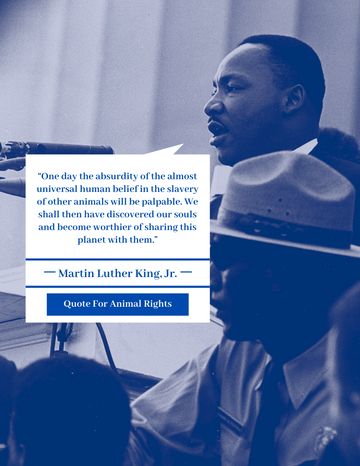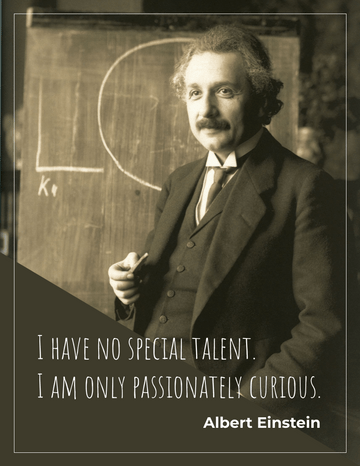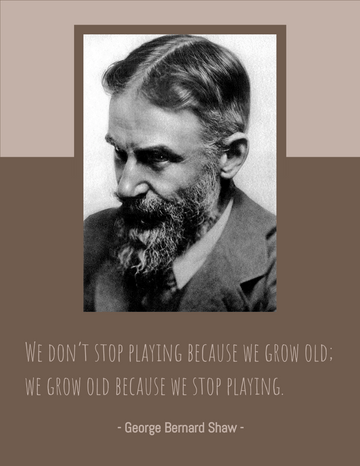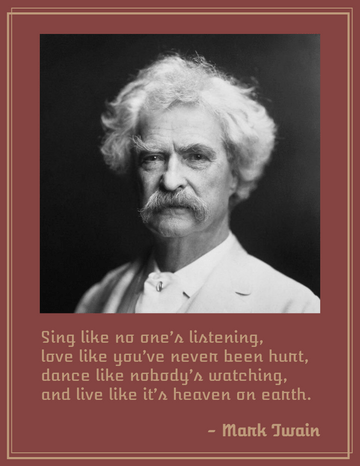Neil Alden Armstrong (August 5, 1930 – August 25, 2012) was an American astronaut and aeronautical engineer, and the first person to walk on the Moon. He was also a naval aviator, test pilot, and university professor.
Armstrong was born and raised in Wapakoneta, Ohio. A graduate of Purdue University, he studied aeronautical engineering; his college tuition was paid for by the U.S. Navy under the Holloway Plan. He became a midshipman in 1949 and a naval aviator the following year. He saw action in the Korean War, flying the Grumman F9F Panther from the aircraft carrier USS Essex. In September 1951, while making a low bombing run, Armstrong's aircraft was damaged when it collided with an anti-aircraft cable, strung across a valley, which cut off a large portion of one wing. Armstrong was forced to bail out. After the war, he completed his bachelor's degree at Purdue and became a test pilot at the National Advisory Committee for Aeronautics (NACA) High-Speed Flight Station at Edwards Air Force Base in California. He was the project pilot on Century Series fighters and flew the North American X-15 seven times. He was also a participant in the U.S. Air Force's Man in Space Soonest and X-20 Dyna-Soar human spaceflight programs.
"That's one small step for man, one giant leap for mankind." Neil Armstrong, 02:56 UTC on July 21, 1969
The flight plan called for a crew rest period before leaving the module, but Armstrong asked for this to be moved to earlier in the evening, Houston time. When he and Aldrin were ready to go outside, Eagle was depressurized, the hatch was opened, and Armstrong made his way down the ladder.
At the bottom of the ladder, Armstrong said, "I'm going to step off the LM [lunar module] now". He turned and set his left boot on the lunar surface at 02:56 UTC on July 21, 1969, then said, "That's one small step for man, one giant leap for mankind."
Armstrong prepared his famous epigram on his own. In a post-flight press conference, he said that he chose the words "just prior to leaving the LM." In a 1983 interview in Esquire magazine, he explained to George Plimpton: "I always knew there was a good chance of being able to return to Earth, but I thought the chances of a successful touch down on the moon's surface were about even money—fifty-fifty ... Most people don't realize how difficult the mission was. So it didn't seem to me there was much point in thinking of something to say if we'd have to abort the landing." In 2012, his brother Dean Armstrong said that Neil showed him a draft of the line months before the launch. Historian Andrew Chaikin, who interviewed Armstrong in 1988 for his book A Man on the Moon, disputed that Armstrong claimed to have conceived the line during the mission.
Click here to read the flipbook.
